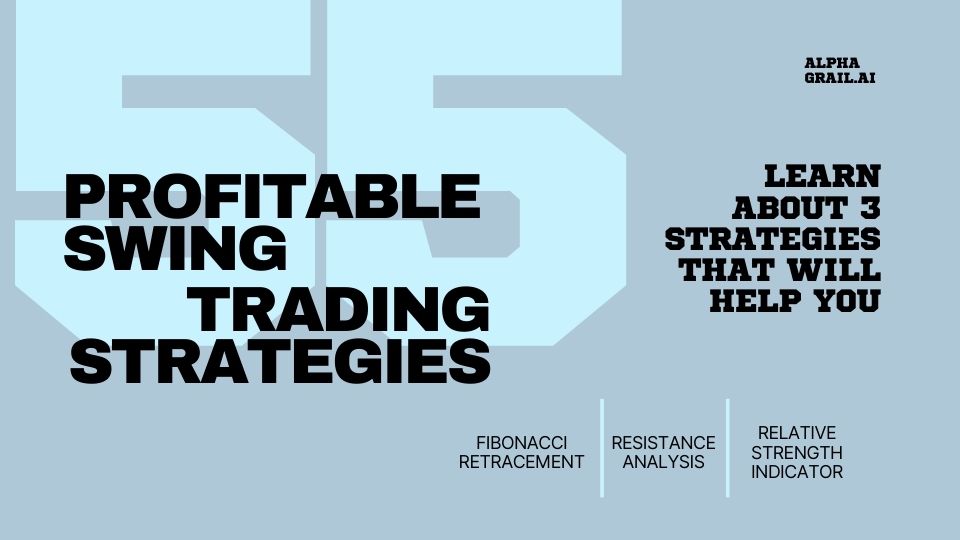Swing trading is a popular approach among traders who aim to capitalize on short- to medium-term market fluctuations. It relies on various profitable swing trading strategies and patterns to optimize trade decisions. Moreover, traders utilize technical analysis tools and indicators to enhance the probability of successful trades. Among the diverse methodologies, several proven strategies stand out. These strategies provide traders with frameworks for informed decision-making and potential profitability.
Multi-Day Chart Patterns and Moving Averages Crossovers
Firstly, one fundamental technique embraced by swing traders involves analyzing multi-day chart patterns. Patterns such as head and shoulders, cup and handle, and flags and triangles offer valuable insights into potential market movements. Additionally, employing moving averages crossovers enhances traders’ ability to identify trend reversals or continuations. This strategy involves overlapping short-term and long-term moving averages to spot potential entry or exit points in the market.
Leveraging Fibonacci Retracement
The Fibonacci retracement tool, rooted in the Fibonacci sequence, helps identify potential support and resistance levels. Swing traders often use this tool to draw horizontal lines between significant price points. This process aids in determining entry and exit positions. The retracement levels (23.6%, 38.2%, 50%, 61.8%, and 78.6%) act as critical indicators of potential price reversals within a trend. Understanding these levels assists traders in making informed decisions about market entries and exits.
Support and Resistance Analysis
Central to swing trading strategies is the analysis of support and resistance lines on price charts. These lines signal potential shifts in market direction. A support line reflects a price range below the prevailing market price. This indicates potential upward trends as buyers become more active. Conversely, a resistance line above the market price signifies a range where selling pressure might increase, leading to potential downward trends.
Bollinger Bands Method and Relative Strength Indicator (RSI)
The Bollinger Bands method consists of upper and lower bands surrounding a moving average line. This method offers insights into market conditions. When prices approach the upper band, it indicates overbought conditions. Therefore, traders may anticipate a reversal or corrective action. Conversely, when prices trend toward the lower band, it signals oversold conditions. As a result, traders might anticipate a potential upward movement. These bands are often used alongside the Relative Strength Indicator (RSI). Together, they provide comprehensive insights into market momentum and potential trend changes.
Bandwidth Indicator and 20-Day Moving Average
The Bandwidth Indicator, in conjunction with Bollinger Bands, complements swing trading strategies. This indicator measures the width between the upper and lower bands. It assists in gauging market volatility. Consequently, traders can anticipate potential shifts in market trends or heightened trading activity. Furthermore, utilizing a 20-day moving average as a timeframe aligns well with Bollinger Bands. This offers a suitable timeframe for analyzing price movements and identifying potential entry or exit points.
Conclusion
Profitable swing trading strategies encompass a range of techniques and indicators. Traders utilize multi-day chart patterns, moving averages crossovers, Fibonacci retracement, and support and resistance analysis. Moreover, they implement the Bollinger Bands method, RSI, bandwidth indicator, and specific timeframes to develop comprehensive trade plans. By amalgamating these strategies with astute risk management and continuous market analysis, traders increase their prospects for success in the dynamic world of swing trading.
